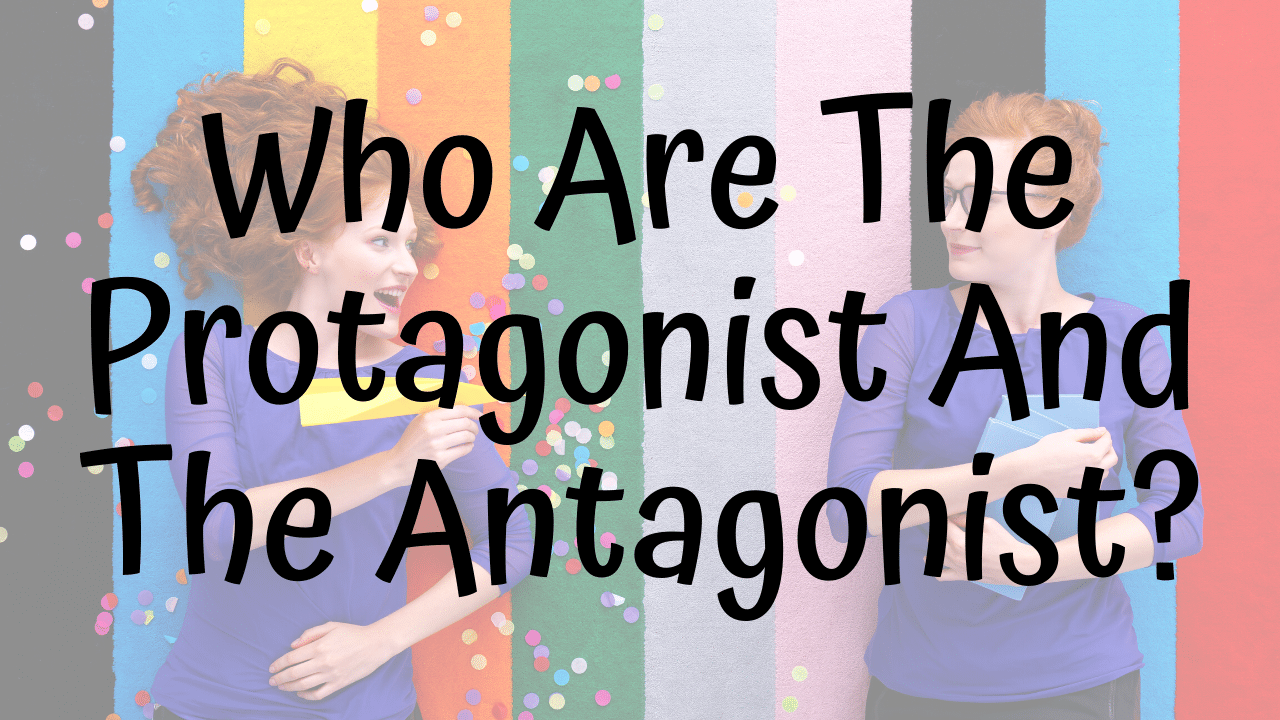As an Amazon Associate I earn from qualifying purchases.
Written by JJ Barnes
The terms protagonist and antagonist appear commonly in all the writing advice. However, if you’re unfamiliar with what they mean, this will be confusing. So, I’m going to explain what they are, what they do in your story, and how to write them well. I’m referencing the film Terminator 2: Judgement Day.

The Relationship Between Protagonist and Antagonist
Some people will use the term protagonist” “as interchangeable with main character or hero, but it’s inaccurate. Protagonist literally means “the opponent of primary importance,” descended from Greek. It’s important to understand that a Protagonist cannot exist without an Antagonist. Without an Antagonist, there is no Protagonist.
The Antagonist can be human, but it isn’t necessarily. The Antagonist can be a force of nature or fate for instance. But for the sake of this piece, I’ll be writing about these characters when they both take the form of an active character within your story.
Your story is following your protagonist in pursuit of something they want, and your antagonist is the person that is trying to stop them getting it. That is the main conflict of your story.

The Protagonist And Antagonist In Terminator 2

Terminator 2: Judgment Day is an excellent example to use when explaining the Protagonist and the Antagonist, because the Protagonist, Terminator, and the Antagonist, T-1000, are both in pursuit of the same thing. They both want John Connor, and they can’t both have him.
They are locked in conflict. Terminator wants to protect him, T-1000 wants to kill him, they are both actively pursuing their goals. John Connor cannot both be killed and saved. One has to win, one has to lose.
Whilst almost perfectly matched in strength and ability, in Terminator 2: Judgment Day, the Antagonist is actually slightly superior to the Protagonist. In a straight fight, the T-1000 would in. This means the Protagonist has to go on a journey, a character arc, in order to achieve his goal over the Antagonist.
Clear Motivations
Terminator 2: Judgment Day is a really simple and clear story to study to properly understand the concept of the Protagonist and the Antagonist. Both characters are single minded in their motivations and story goals, and you immediately know who wants what and why.
When you’re writing, you’ll likely find you write both characters having multiple goals, multiple motivations, around the one main goal, but the pure and clean conflict between Terminator and T-1000 is an excellent introduction.
One of the reasons Terminator 2: Judgment Day is such a popular and excellent story is because of the very clear lines of conflict between the Protagonist and the Antagonist. Going into this film you know exactly what you’re rooting for, exactly what you’re invested in, and exactly what the story is.

Keep the Story Focused On Their Conflict
More complicated layers of motivation do not necessarily make a story better. Having no distractions from the main storyline makes it easy to care about what happens.
If your story is too complicated and you’re feeling like it’s overwhelming and hard to follow, it’s worth looking at the main conflict between your Protagonist and Antagonist and refocusing in on that. Simple and focused story telling is not a bad thing.
More From JJ Barnes:
I am an author, filmmaker, artist and youtuber, and I am the creator and editor of The Table Read.
You can find links to all my work and social media on my website: www.jjbarnes.co.uk
Buy my books: www.sirenstories.co.uk/books
Follow me on Twitter: @JudieannRose
Amazon and the Amazon logo are trademarks of Amazon.com, Inc, or its affiliates.



[…] inciting incident serves to lock the conflict between your protagonist and your antagonist. The conflict is the point of your story, the events you are following. Because Neo is the […]
[…] written before about the difference between the Protaognist and the Antagonist in your story and how you use them, but in some stories you’ll want to use multiple […]